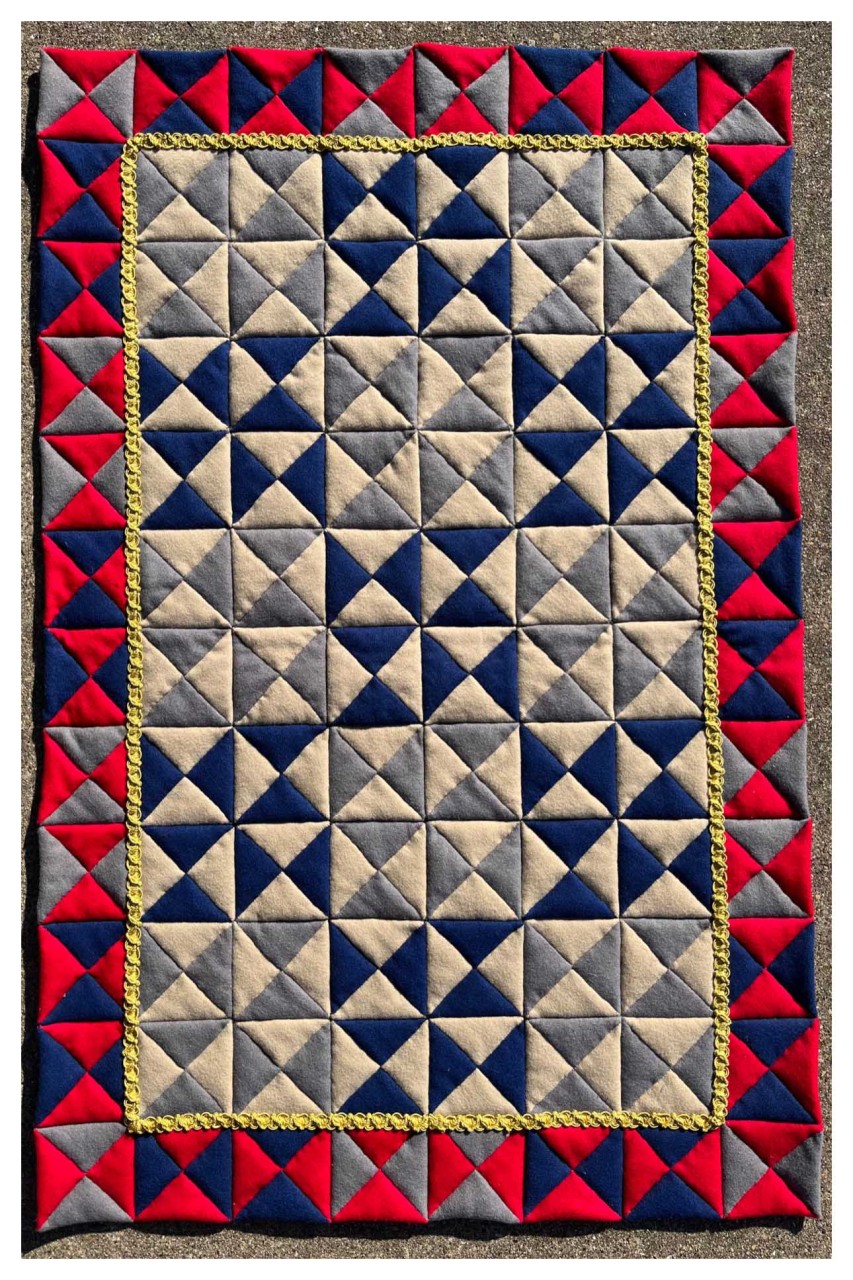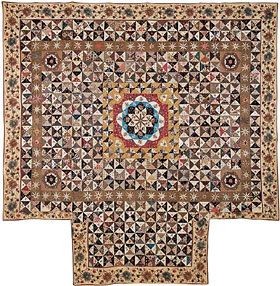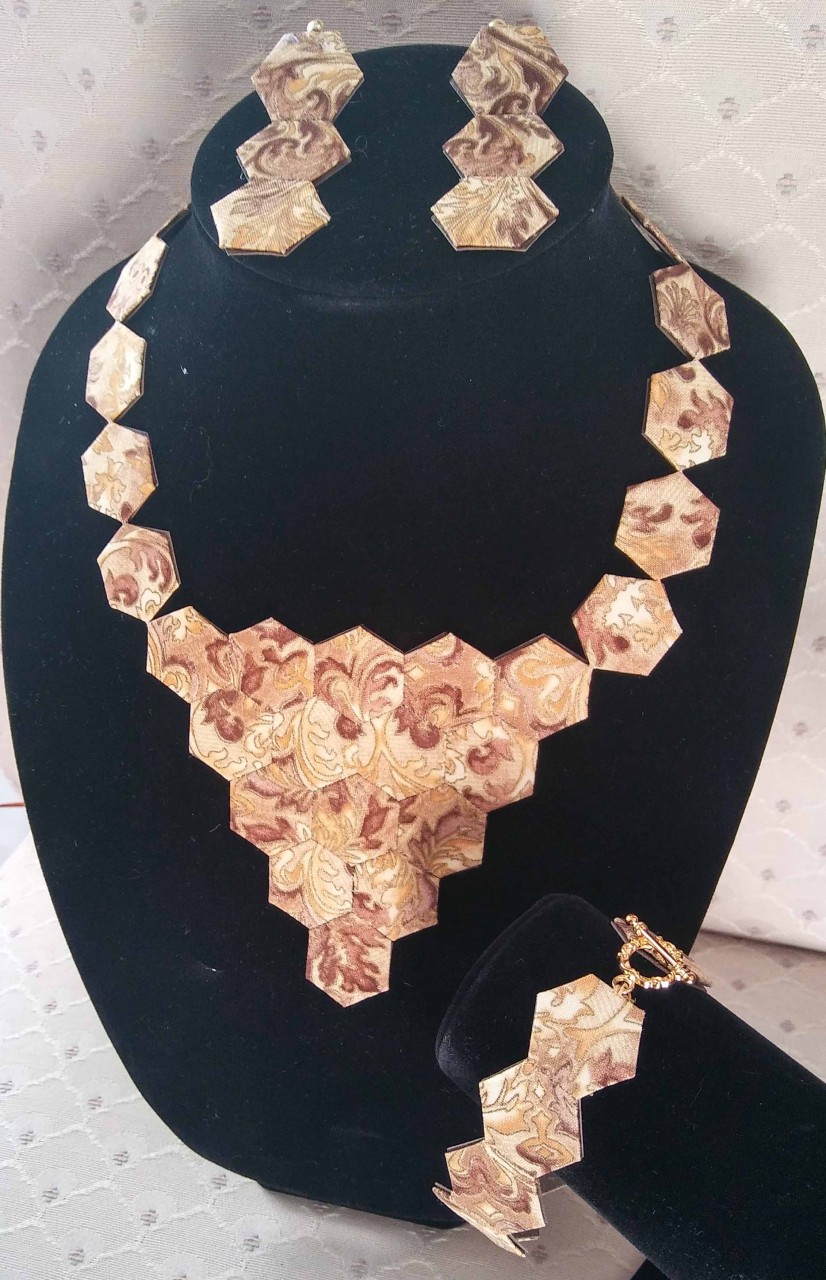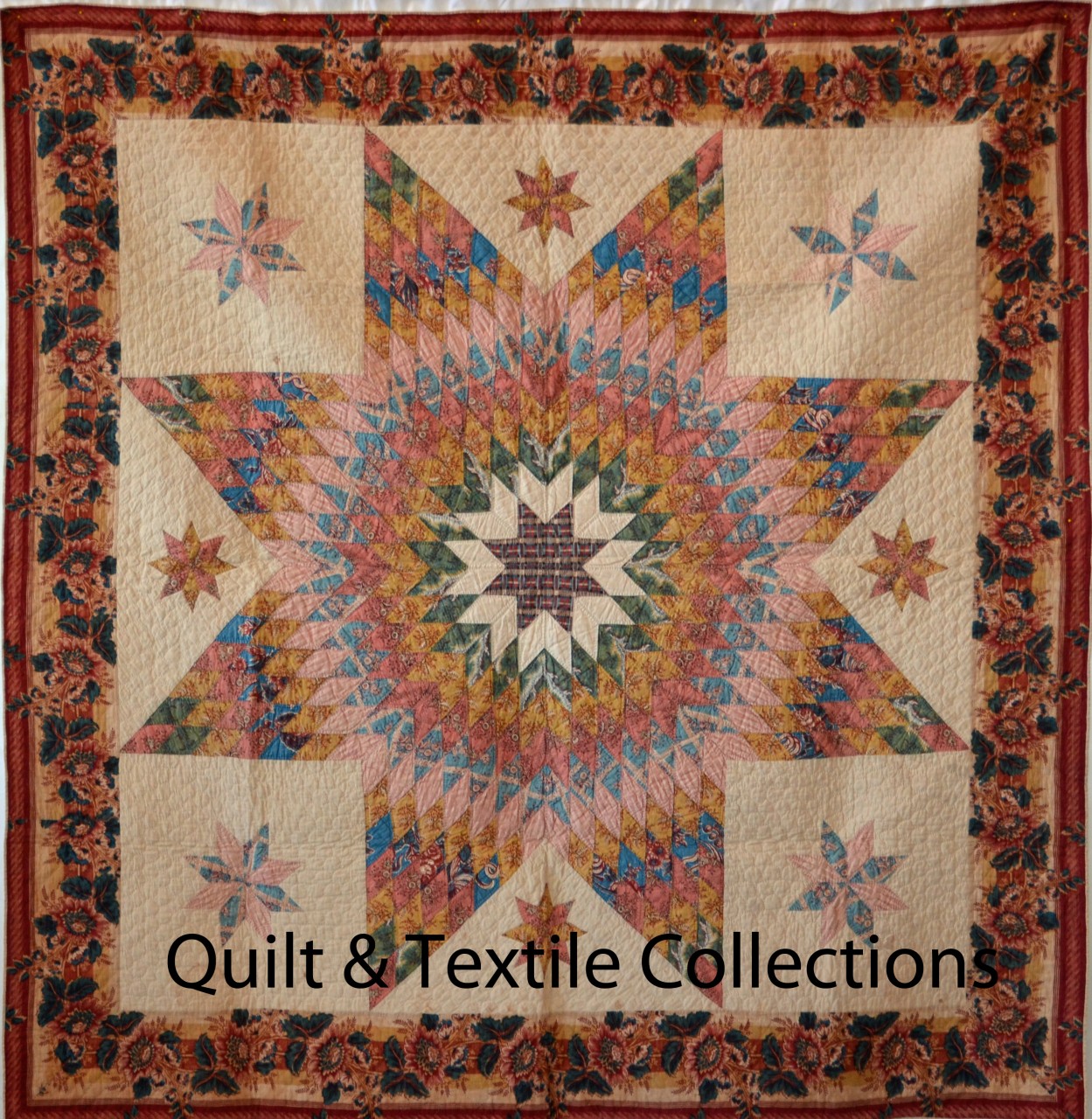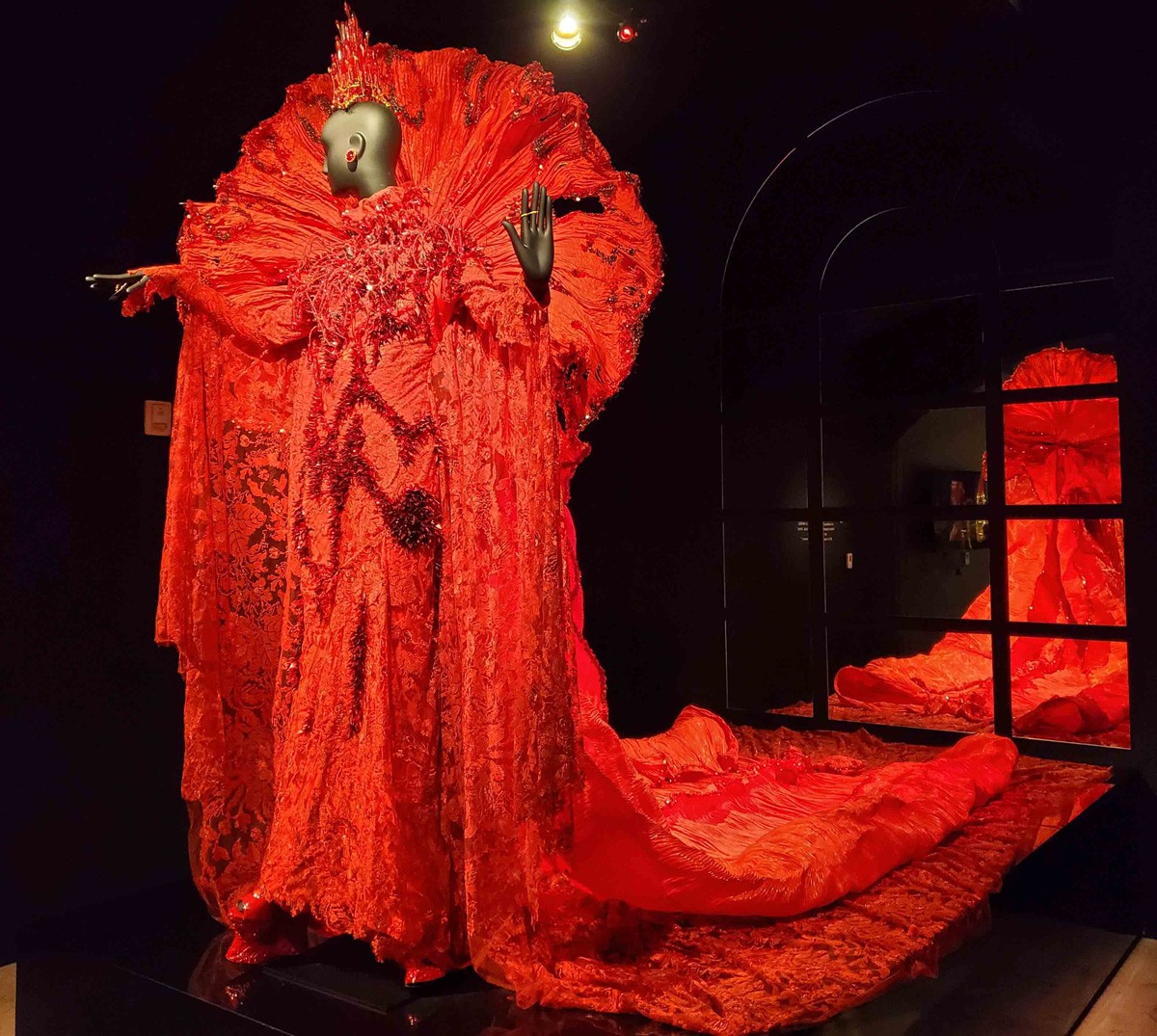
An incredible exhibition at the Bowers Museum featured 40 of China’s “Queen of Couture” Guo Pei’s garments. Although clothing and costumes are closely related to the skills of quilting, these garments seemed even more related through the ancient techniques. Clothing that was quilted, embroidered, and blinged out filled the exhibition. Guo Pei was responsible for bringing some of the older techniques back to life in China. She went house to house looking at curtains in the window to see if a sewing skill was demonstrated. From those selected artisans, she trained new artisans who took the old techniques into new horizons. Many of the garments show a nod to Chinese culture and couture history, while acknowledging the modern woman. She seems to be a designer aware of the duality of the cultures as she finds...


